Getting a new business off the ground can be incredibly difficult.
You’re already slammed. You’re strapped for time as it is.
But then you also don’t have any extra cash lying around, either.
It’s one thing if you can hire a PR company or an extra employee to help do your dirty work. But when those resources don’t exist, you’re going to need to figure out a way to do it yourself.
Thankfully, there are several ways to bring in new customers without spending any money out of pocket at all.
And you want to know the best part? It will only take a month to conquer them all.
Here is a cheat sheet featuring 11 steps to gaining new customers for free.
1. Fix Your ‘Low-Hanging SEO Fruit’
In time, search engines will almost always be your primary source of website traffic.
That is if you’re not falling victim to one of these mistakes.
The good news is that even though SEO continues to become more nuanced and complicated, there is still some ‘low-hanging fruit’ you can quickly fix to give your site an upgrade (instead of getting lost in the crowd).
Here’s where to start.
Step #1. Repair broken links.
Screaming Frog or Moz can help you find and repair broken links that have popped up on your site over years of changes, modifications, and redesigns.
For example, maybe you used to have a product and have since sunsetted it into the horizon. The problem is that all those old pages and blog posts referencing that product (when you were trying to promote it) still exist. It’s likely you haven’t touched them in months (or years).
Both tools can quickly help you find which links are broken (or showing 404 errors) and which pages on your site (or others) are still trying to link to it. So now you can go in and clean up those old links to remove the broken link with the least amount of hassle (and work).
Step #2. Speed up your site.
Google recently released a new benchmark report and found that on average, most websites are way slower than they should be.
That’s a problem because slow page loading times can now affect both traffic and conversions.
The good news is that they’ve given us amazing tools in Google’s PageSpeed or even Pingdom (paid) that can help identify what is slowing down your page loading times (and how to fix it ASAP so you can keep traffic from bouncing).
Step #3. Identify who isn’t linking to you but should be.
People are probably already talking about you online. The first trick is to find them and the second is to make sure they’re linking to you when mentioned by name.
Simply pull up Moz’s Fresh Web Explorer to find out who is mentioning your company without actually linking your website into the conversation. (Think of it as being mentioned on Twitter without officially being tagged.)
You can drop in different brand names, and they’ll turn up a list of results. For example, the image below is for a quick search on “Neil Patel.”
You can quickly see that some of those are irrelevant. But there are a few golden opportunities where you can follow up with whoever just wrote about you to increase your chances at getting a link before it’s too late.
Step #4. Upgrade old content.
Most people think that their latest blog posts are the most popular on their website. However, when you pull up Google Analytics you’ll quickly find a much different picture.
Many times, your oldest posts are the most popular. Go ahead and try it right now!
So instead of just publishing new stuff, you should go back to these oldies-but-goodies and continue to make them relevant by adding new stats, facts, figures, examples, etc.
Upgrading old content is one of the easiest ways to quickly squeeze out more search traffic over the next few weeks and months to come.
2. Shortcut Your Keyword Research
Old keyword strategies simply can’t be applied the way they used to be ten years ago.
Google now tries to decode what the words actually mean, which can get really confusing really quickly.
The context surrounding key phrases is what Google wants, rather than only the specific word itself. And many times, the trusty Keyword Planner that they give you could be causing you even more problems than you realize.
For example, Ross Hudgens of Siege Media analyzed the Keyword Planner in a Moz post, saying that the program’s pitfalls can be used to get ahead of the competition (if you have the time to go through the grueling process):
Instead of letting Google Keyword Planner’s problems get in the way of your keyword research, use it to your advantage. Look for the edge cases where a keyword has a ton of misspellings mapped to the correct version, but not combined into the volume score. This could be a great win that your competitors are overlooking because the head term looks smaller than it really is.
Otherwise, cross-reference suggested keywords on SEMrush, Ahrefs, and Moz’s Keyword Explorer instead to triangulate the most accurate data set.
Related keyword suggestions will appear so that you can peek into what your competition is using.
Then the full results give opportunity and potential in addition to the standard volume and difficult metrics you normally see.
Layering in these extra metrics helps give your keyword research more context. This way you will better understand how you can prioritize them to find the best possible long tail searches you have a shot at ranking for in the near future.
3. Combine Marketing Campaigns and Link Building
Let’s be honest: Manual building takes forever.
You honestly could have someone do it full-time for your company. That is, of course, if you could afford another salary.
But if you can’t, the good news is that you can 80/20 your link building by combining it with the other marketing campaigns you might be running.
For example, let’s say you have a hotel or some other product where holiday promotions are big business. Putting together ‘packages’ for each is an easy way to drive new sales, sure. But if you play your cards right, you should also be able to pitch these once-in-a-lifetime deals to media properties to earn links and exposure.
In this case, the Hard Rock Hotel is getting high-quality, editorial links (as you can see from the high Domain Authority above). And the best part is that these are a byproduct of the PR campaign they’re running.
This same approach can apply to any special event, giveaway, or other contest. Or it could apply to getting product reviews.
For example, you can use a tool like Followerwonk to find relevant bloggers and journalists in your space who already review other similar products. Then you can go on the offensive by giving them an incentive to leave you a review – landing you a higher place on search results and a larger amount of reviews and recommendations.
You should always think about how to get the most leverage for the activities you’re currently running. Even if that simply means ‘donating’ products that you have gathering dust on the shelves.
4. Upgrade Page Two Content
You may have heard the saying that “The best place to hide a dead body is page 2 of the Google search results.”
Or “on the first page of Bing,” according to Brian Dean of Backlinko.
Only the most desperate people ever make it to browsing through page two of Google’s results. Everyone else has found a suitable result long ago, before ever trudging that low.
So you need to do whatever it takes to move your pages ranking in positions 11 – 20 up into the top ten.
Start by pulling up the Google Search Console to find those pages.
Then you can compare other competitor’s search rankings and add in higher quality videos, photos, or more relevant statistics to try and boost your site’s ranking.
5. Cross Promotions With Complementary Brands
Apple recently released a red iPhone 7 in honor of the RED foundation.
Collaborating with other companies (especially non-profits) is one of the easiest ways to increase brand exposure (without actually doing a whole lot of extra work).
For example, I recently stayed in a vacation rental home with Airbnb. The homeowners were kind enough to give guests a pass to a private beach nearby that you could only access by a ferry (with a small fee).
Visitors to the area hoping to go to the private beach – but lacking this pass – might now be more likely to stay in that specific home to gain beach access. And, if they have a good experience, they’re more likely to return to the same rental home (and private beach) when staying in the area in the future.
This approach didn’t take a whole lot of effort or creativity. It’s simple, effective, and most important, actionable. You could get something like this off the ground by the time you’re done reading this article.
6. Social Publishing for Thought Leadership
Most people Tweet once or twice before calling it a day.
Unfortunately, that’s not how social media works. There’s simply too much noise out there for one or two posts to break through.
Instead, a few minutes worth of work to create a consistent, uniformed social publishing schedule could double your traffic. Think of it as a routine. It can be something you do on a regular basis (weekly, monthly, or when you publish a new post).
Resharing in a consistent manner can double the exposure of a post as opposed to only sharing it once. For example, CoSchedule provides an excellent template to start with to help create that consistent habit.
Once you’ve gotten up to speed, you can then expand onto social voting sites like Inbound.org and Growth Hackers for even more traffic. And don’t forget LinkedIn as a social platform.
7. Talk Like Your Target Audience
Tommy Walker says in Guaranteed Success: How to Find Your Target Market So Content Sticks, “The best way to resonate with a market is to become a reflection of its ideal self.”
Here’s how to do that.
Start by going to review sites like Yelp, SiteJabber, Angie’s List, or Facebook Reviews. (If those don’t apply or you’re still having trouble, you can even read book reviews in your space on Amazon to understand your customer’s mindset better.)
That’s what Joanna from CopyHackers did, combing through over 500 different reviews and compiling the answers.
She was then able to take this additional insight, create new homepage messaging along with a few new headline variations, and generate 400% more clicks with 20%+ more lead gen form submissions.
Not bad for a day’s worth of work!
8. Reorganize How Customers Flow Through Your Site
Visitors can tell you what they’re looking for on your website.
You just need to know where to look.
One of the best places to start, ironically, is by figuring out where people are falling off or leaving in droves.
Start by firing up the Google Analytics Behavior Flow tool to visually see how people are moving from one page to the next.
See those red waterfalls? Those are big drop offs of where people are leaving your site. The trick now is to go figure out why they’re leaving like that.
For example, is there something missing on those pages? Would a video help them stick around longer? Or maybe there isn’t a clear and obvious ‘next step’ or CTA for them to take next.
Optimizing these ‘paths’ through your website can help funnel people to where you want them to go (like your opt-in forms or product pages).
9. Direct PR Outreach
Social media is the best resource for free PR in the modern world because you don’t need a PR agency to connect with journalists and bloggers today.
Upwork allows you to meet writers for projects for a small fee, and Followerwonk provides a list of active bloggers looking to promote content. Linqia connects businesses to other online influencers with a large following.
And the best part is that you can often entice them with something special that still doesn’t cost you a lot of money out of pocket.
For example, simply donating products you already have to bloggers can help net a few positive reviews (and backlinks, like we saw earlier). However, you can then take this one step further.
Create an exclusive discount code for that blogger’s audience. That gives them a nice extra ‘bonus’ to offer their readers.
You can even escalate this further with an affiliate program. For example, you can give each blogger a unique link with Refersion that will track all sales and give them a slight cut of the revenue.
10. Referral Programs
Referral programs are similar to an affiliate agreement, but this time you’re incentivizing current (or past) customers and giving up even less out of pocket.
Poshmark, a platform for buying and selling used brand name and designer items at a discounted price, gives new users a $5 credit to the site if referred by an existing user. The existing user also gets $5 for every new customer they refer to the site.
Keep something in mind here, though: This $5 is basically Monopoly money. It’s thin air and doesn’t even exist yet. Someone has to go in and make a purchase for this $5 to ever materialize.
That’s important because it means there’s almost zero downside since you haven’t actually given anything away. And it incentivizes people to take action who otherwise weren’t going to buy. All while spreading the word about your company to new people.
11. Delete Email Subscribers
Yes, you read that right.
Email marketing is still one of the best methods for driving sales online. For every $1 spent on email marketing, you generate $38 of profit.
The problem, however, is that while profitable, too many marketing emails are ignored. And when too many subscribers don’t engage with your newsletters or updates, your email performance is suffering because of it.
That hurts the deliverability of your emails. So fewer and fewer people in the future will be able to see them.
Deleting those who either do not engage at all or very little makes sure that your performance ratios are staying in tip-top shape.
Fewer emails are being sent, but relatively the same amount of consumers are engaging with the content (hopefully driving statistics up).
Routinely removing zombie-like, unresponsive subscribers prioritizes active ones who tend to click through the majority of your content, genuinely want to read it, and are willing to pay money to have access to it.
Conclusion
Gaining new customers doesn’t have to be a painstaking process.
Nor, as we’ve learned, does it have to be an expensive one.
You should be able to get more clients and have more control over your business (and finances) without having to hire a PR company.
Over the next 30 days, focus on fixing your low-hanging SEO fruit on your website, correcting keyword issues, building links, cross-promoting/doing PR outreach, posting consistently on social media, speaking the language of your customers, developing a solid site flow, and implementing a referral program.
What are your best zero-dollar marketing tactics that bring in new business?





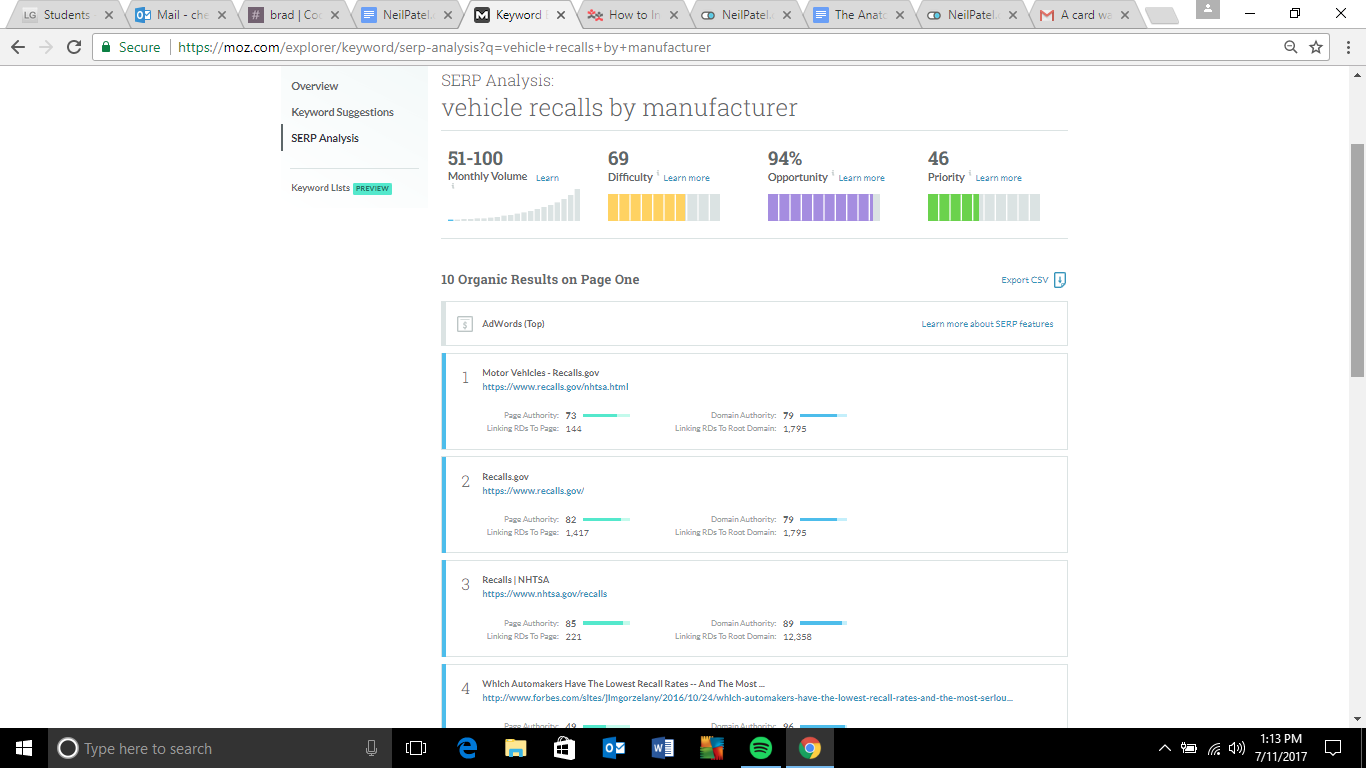
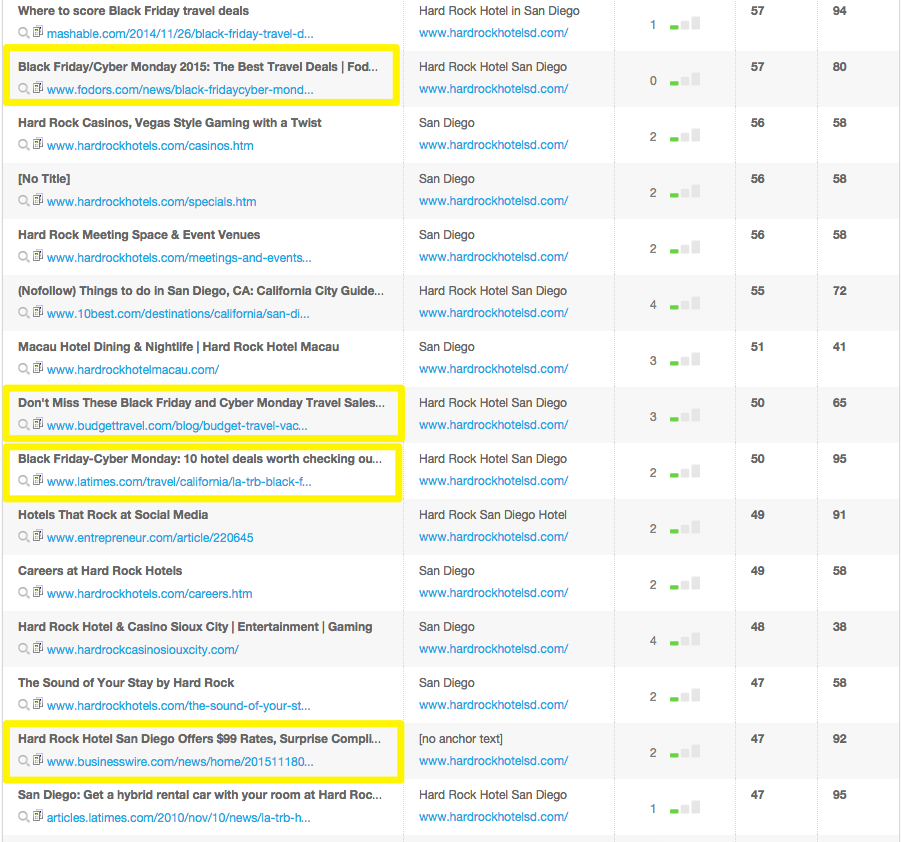
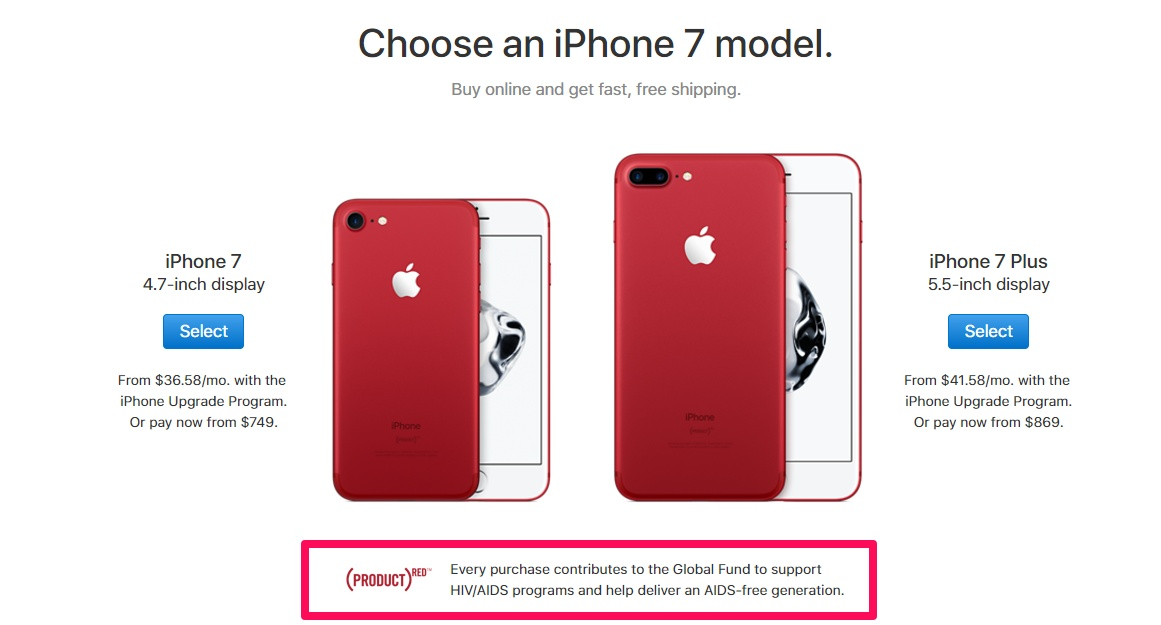
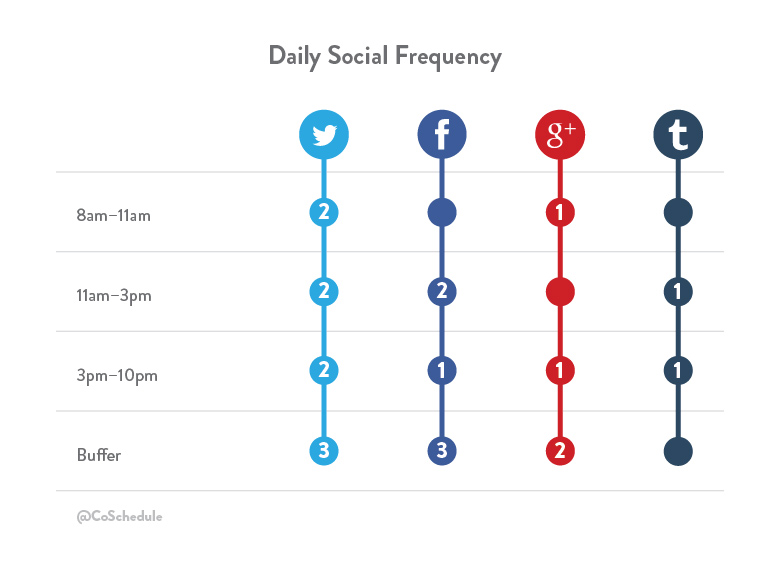


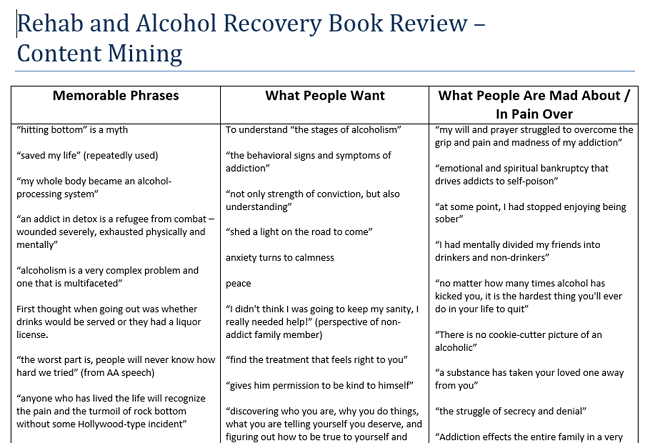
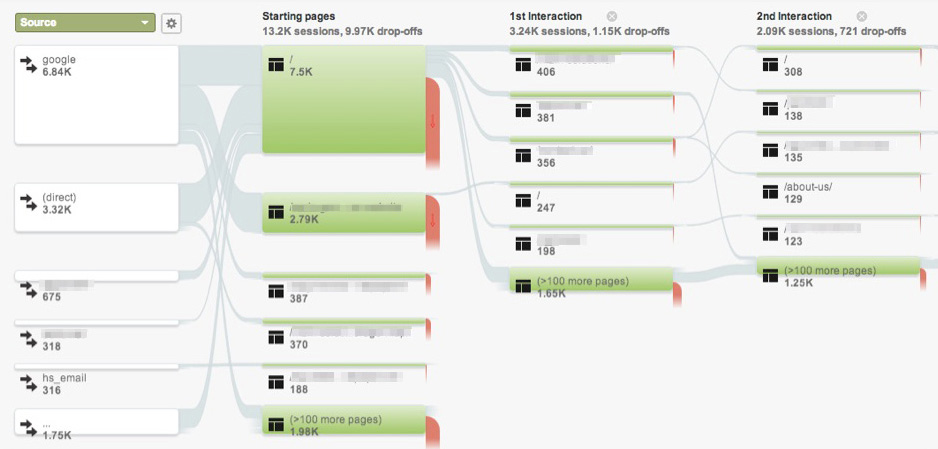

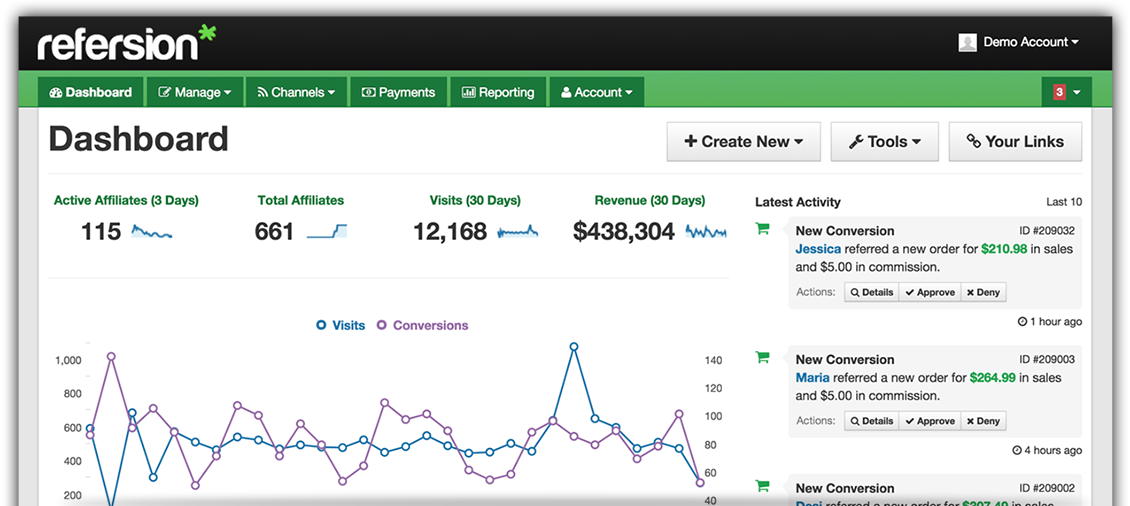

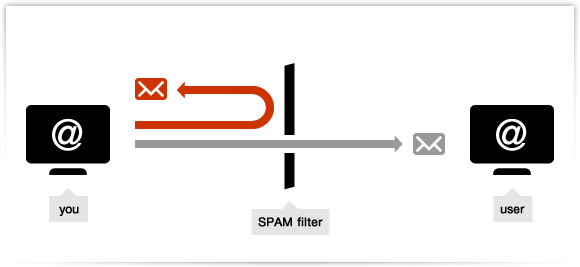
Comments (12)